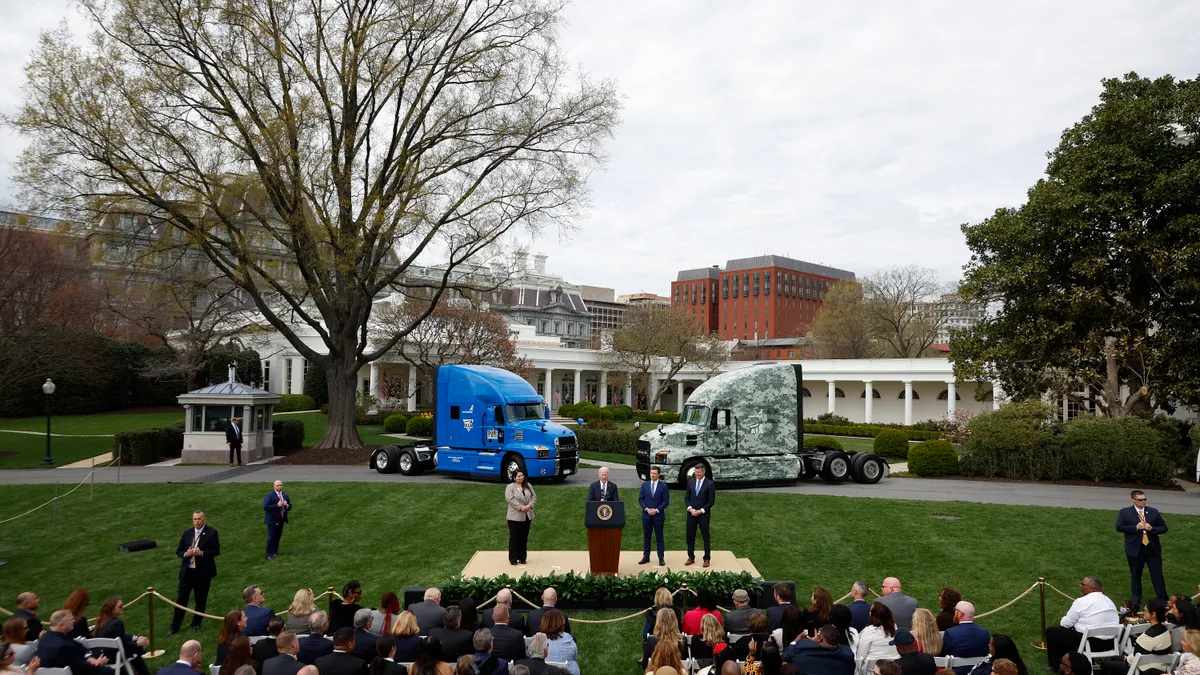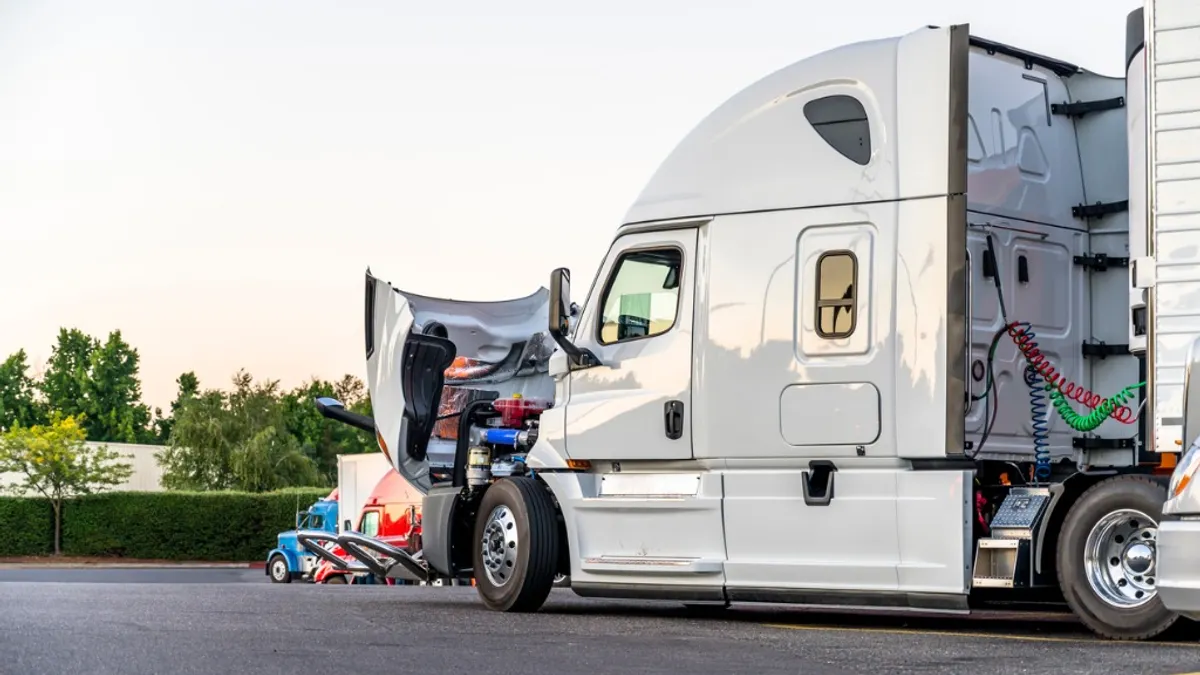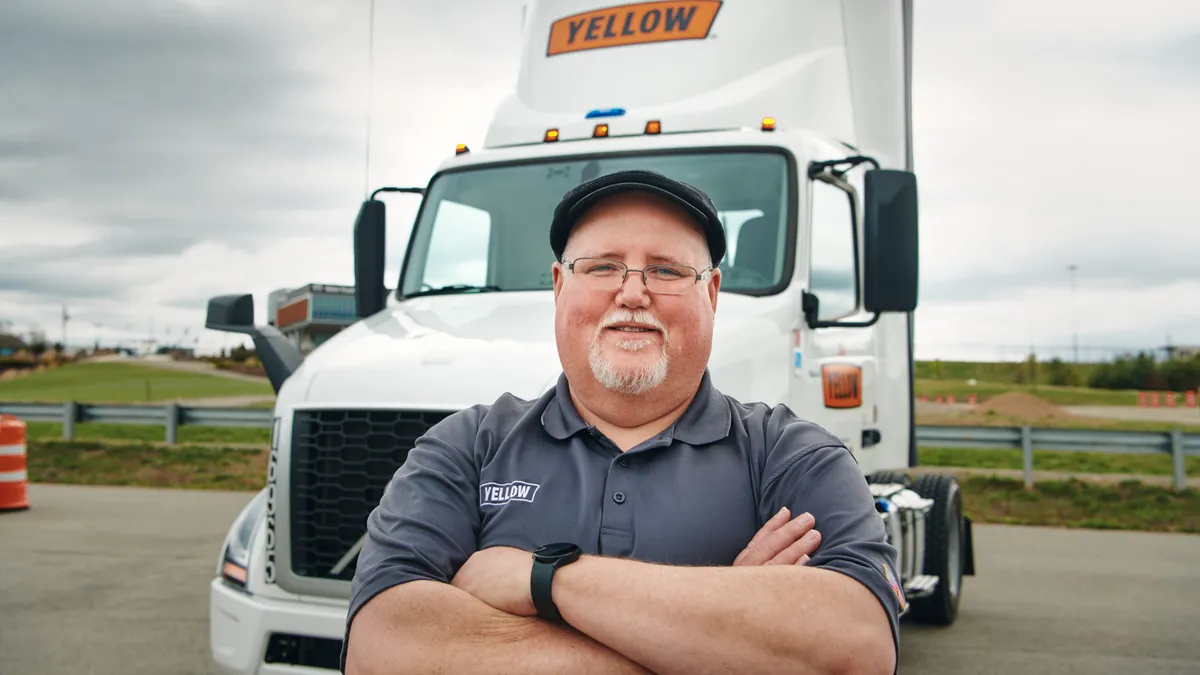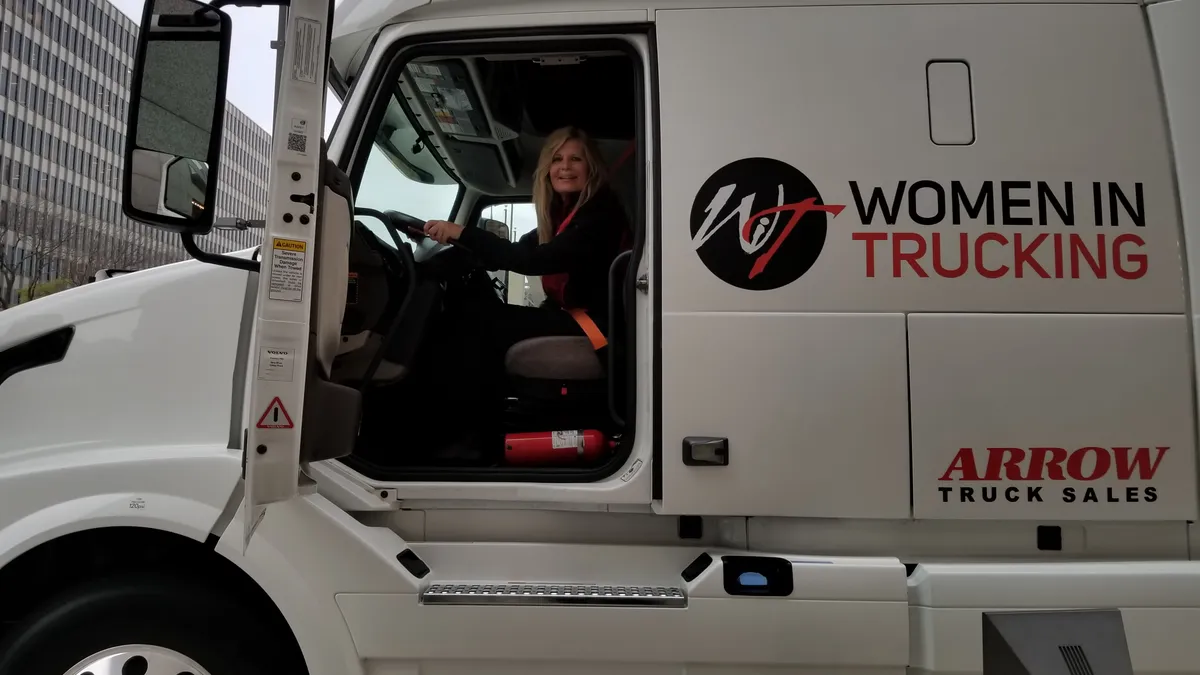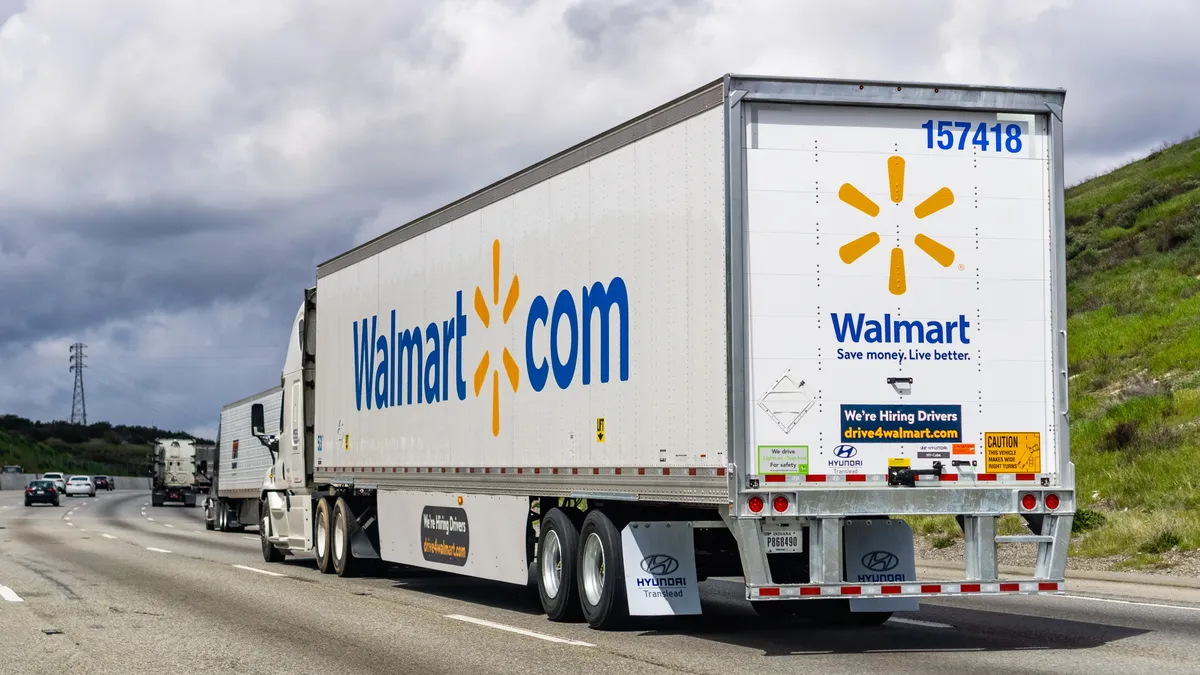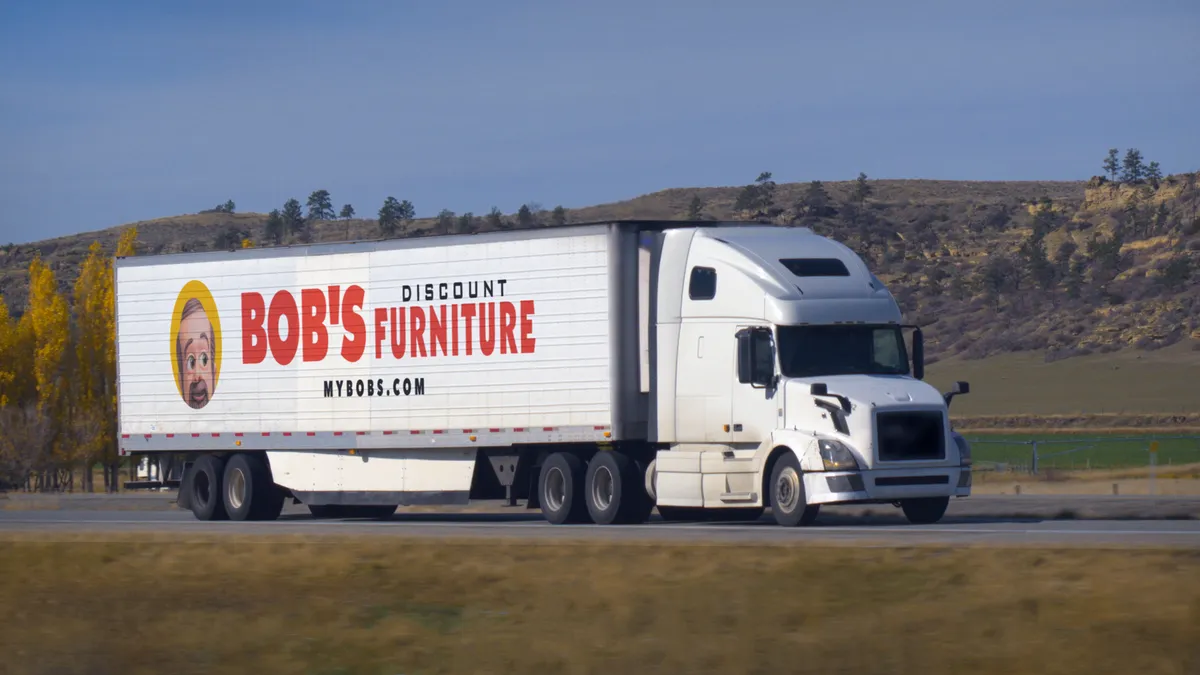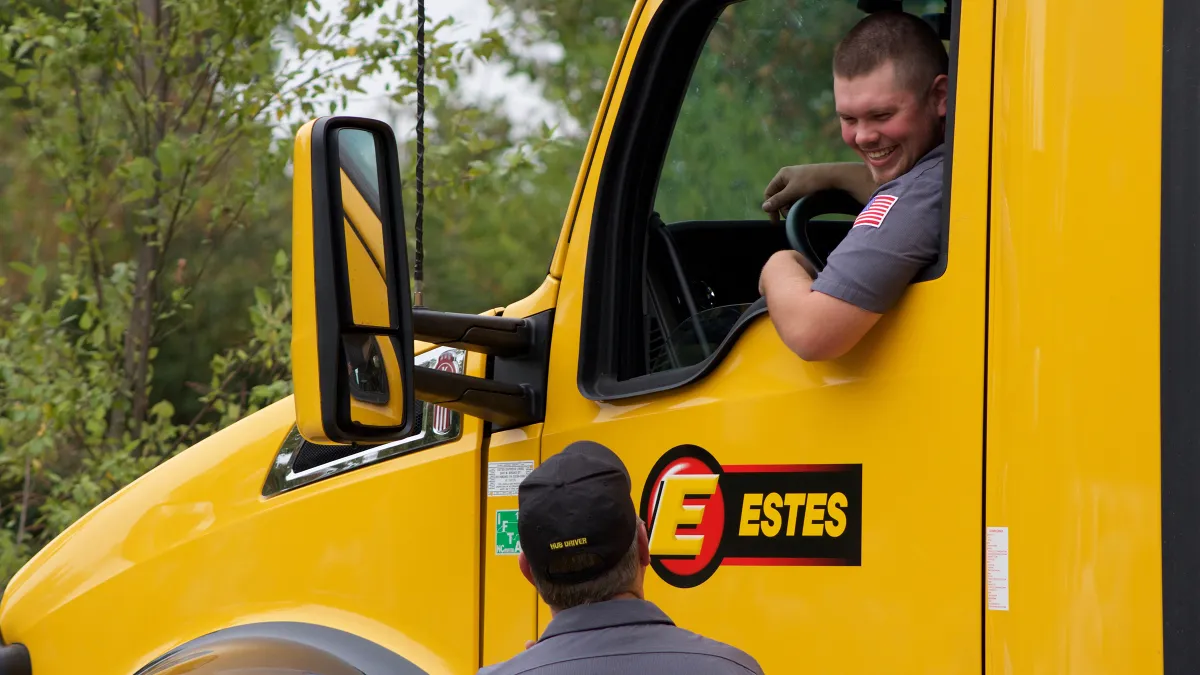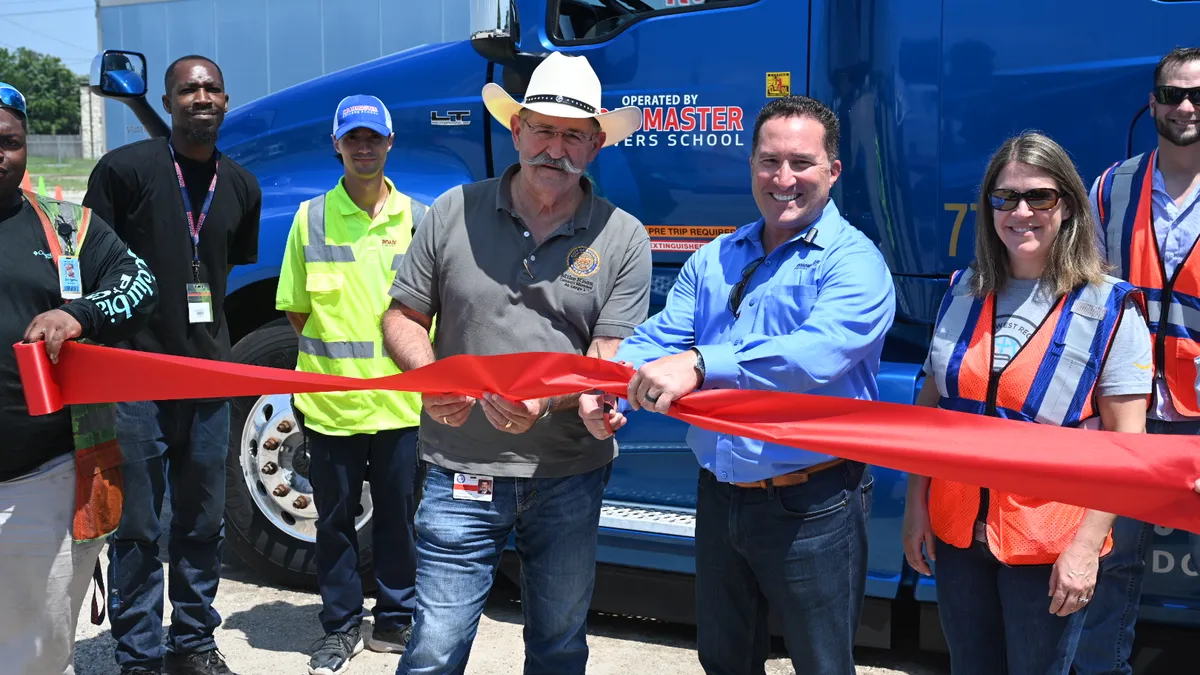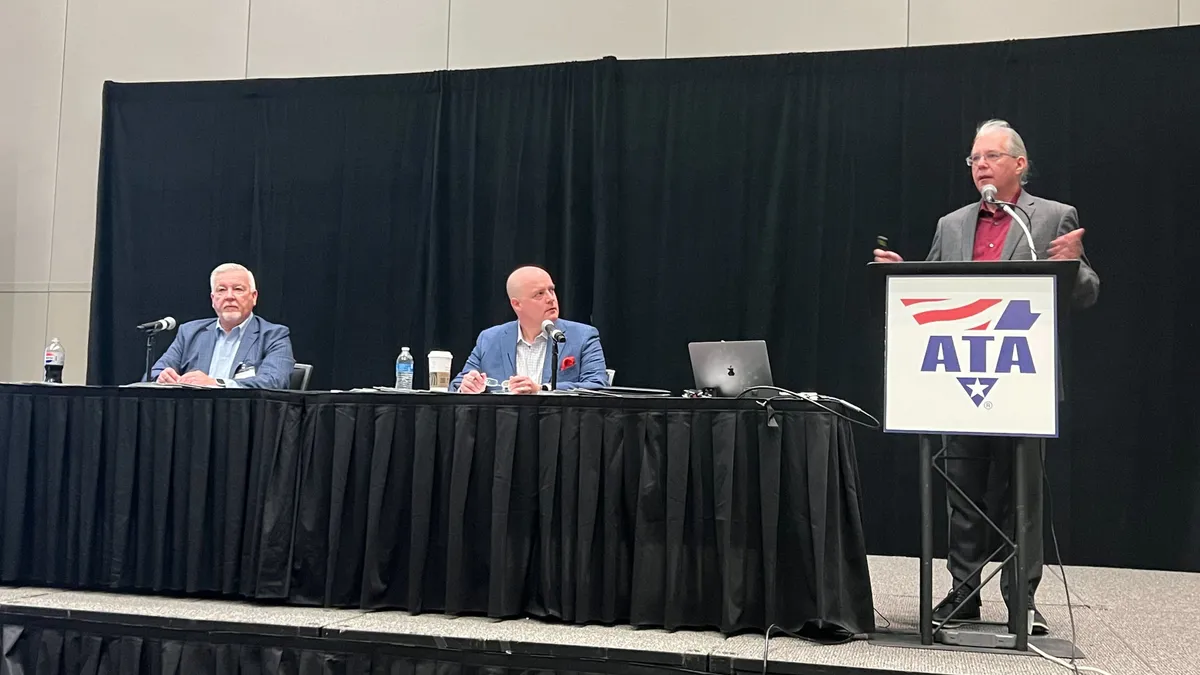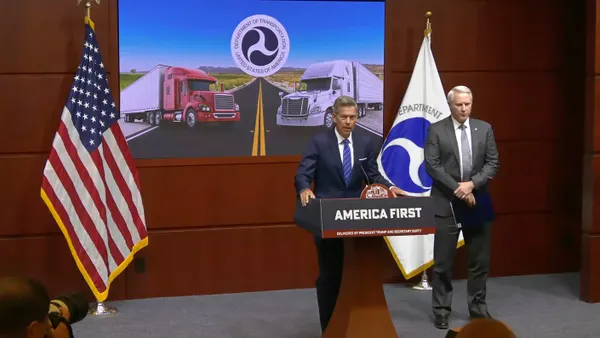Editor’s Note: Filling the Driver’s Seat is a series delving into fleets’ driver recruitment and retention strategies through the lens of the people leading the efforts. Know someone we should profile? Email [email protected].
Dave Harrison said he recently helped a Fortune 500 company set up and launch a truck driver apprenticeship program — and begin onboarding apprentices — in a matter of days.
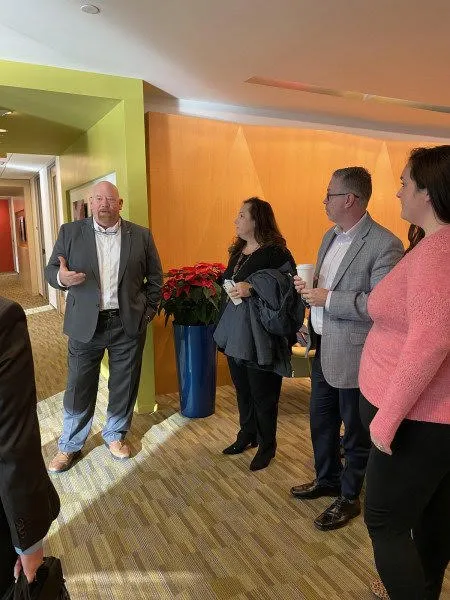
“We talked to them on a Wednesday. They’d been knocking around, talking to five states about registering,” he said. “Then somebody from the DOL national office told them about me. ... By Thursday afternoon, they were a registered apprenticeship provider on a national scale.”
Harrison, a U.S. Army combat veteran and J.B. Hunt alumnus, is executive director of workforce development and government programs at Fastport. The federally contracted intermediary helps motor carriers and companies in other industries register their training and workforce development programs as Labor Department-approved apprenticeships.
As trucking continues to grapple with staffing challenges, Fastport has been at the forefront of a combined government and industry push to make driving more appealing by offering apprenticeships to incoming recruits.
Creating a more sustained, resilient, next-generation trucking workforce
Apprenticeship programs are at the core of President Joe Biden’s Trucking Action Plan, an initiative to address trucking’s labor crunch by improving outreach and lowering barriers to entering the industry. The effort has required enhanced collaboration among the federal transportation and labor departments and private employers.
Intermediaries “really help to cut the red tape and make it easy for employers to engage with apprenticeship programs,” Brent Parton, acting assistant secretary for the Department of Labor’s Employment and Training Administration, told Transport Dive in an interview.
“Apprenticeship is not a silver bullet, apprenticeship is not an overnight solution,” Parton said. “But it is something that could really create a more sustained, resilient, next-generation trucking workforce, which is what I think we're all looking for.”
Trucking is among more than a dozen occupations — construction, health care and IT are others — for which the Labor Department relies on intermediaries to help with outreach, said John Ladd, administrator of the Employment and Training Administration’s Office of Apprenticeship.
“We don't know every industry,” Ladd said. “We can't know every industry. That's why we rely on those partnerships with those subject matter experts and the organizations that industry typically trusts and has worked with historically.”
Building apprenticeship roles for ‘everything you can name’ in logistics
Fastport has been involved with developing logistics and transportation apprenticeships since the Department of Labor’s intermediary program began in 2014, Harrison said. The company won a five-year, $5.7 million federal contract in 2016, followed by a $6.7 million contract in 2020, according to online government records.
In that time, Fastport has worked with 170 employers, industry associations and more in trucking, distribution and related supply chain industries, Harrison said. The company uses occupational frameworks approved by the Department of Labor in its two-year, competency-based apprenticeships for truck drivers and other logistics jobs.
“We have everything that you can name that would touch or support the supply chain integrated with it,” Harrison said. “I tell people, ‘If it flies, if it floats, if it rolls or it’s on the rails, we're doing something with it.’”
Simplicity is Harrison’s mantra, however, so while Fastport helps different kinds of companies launch apprenticeships for various roles, it standardizes as much of the process as possible.
“We're not reinventing wheels here,” he said. “We're not having 5,000 separate registered apprenticeship programs for one occupation.”
Assessing employers’ needs, and celebrating a milestone
Fastport celebrated a major milestone this year: its 20,000th apprentice enrolled.
Harrison said one key to Fastport’s success is that the company has managed to boil down the basic apprenticeship requirements to one document. Carriers can then embed their own additional, company-specific requirements and protocols within it.
“It simplifies where the rubber meets the road,” Harrison said. “The real trick to this is really an assessment conversation for what the employer needs.”
Fastport has made it easy for carriers to enter the program, and the intermediary supports them throughout the process, Jim Schoonover, vice president of operations and education at the Truckload Carriers Association, said in an email.
Fastport partnered with the association this year to assist its members, and Harrison delivered a Fastport presentation at TCA’s annual convention in March. The intermediary also provided state-level information about how carriers can maximize the benefits of the program.
“Dave is passionate about the program and the benefits for entry level drivers coming from diverse backgrounds,” Schoonover wrote. “His experience in the industry has been an asset in communicating at all levels of the program.”



